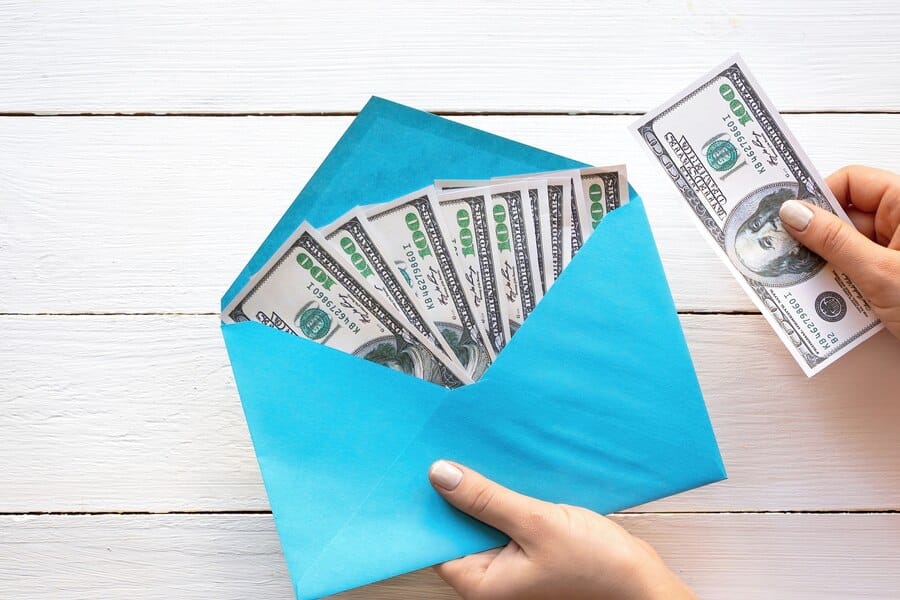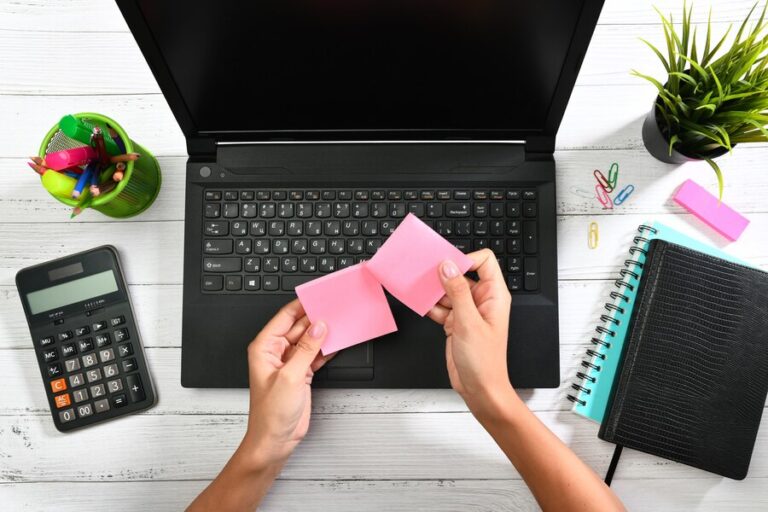In today’s fast-paced financial environment, managing your spending can feel overwhelming. With various expenses vying for your attention, it’s easy to lose track of where your money goes. One effective method for achieving better spending control is the envelope budgeting system. This time-tested technique helps individuals allocate their finances thoughtfully, ensuring they stay within their budget while promoting mindful spending. Let’s explore how to implement this strategy effectively.
What is the Envelope Budgeting System?

The envelope budgeting system is a straightforward cash management technique that involves dividing your income into specific categories and allocating cash to each category using physical or digital envelopes. Each envelope represents a particular spending category—such as groceries, entertainment, or transportation—and contains the cash you’ve budgeted for that category for the month.The core principle is simple: once the cash in an envelope is gone, you cannot spend any more in that category until the next budgeting period begins. This method encourages discipline and awareness regarding spending habits.
How to Set Up Your Envelope Budgeting System
- Identify Your Income and Expenses:
Start by determining your total monthly income and listing all your expenses. Separate these into fixed expenses (like rent or mortgage) and variable expenses (like groceries or dining out). - Create Your Spending Categories:
Identify categories where you tend to spend money and assign them to envelopes. Common categories include:- Groceries
- Dining Out
- Entertainment
- Transportation
- Clothing
- Personal Care
- Miscellaneous
- Allocate Funds to Each Envelope:
Based on your budget, allocate a specific amount of cash to each envelope. For example, if you budget $600 for groceries, put that amount in the groceries envelope. Be realistic about how much you need in each category based on past spending habits. - Use Cash for Transactions:
When making purchases, only use the cash from the designated envelope. If you’re using digital envelopes through an app, ensure you only spend what’s available in each category. - Track Your Spending:
As you spend from each envelope, keep track of how much you have left. This can be done by writing down transactions on the back of each envelope or using a budgeting app that allows for digital tracking. - Adjust as Necessary:
At the end of the month, review your spending. If you have leftover cash in certain envelopes, consider whether to roll it over to next month or allocate it toward savings or debt repayment.
Benefits of Using Budgeting Envelopes
- Visual Awareness: The physical act of handling cash makes you more aware of your spending habits compared to swiping a card.
- Controlled Spending: Limiting yourself to the cash in each envelope helps curb impulse purchases and encourages thoughtful decision-making.
- Simplicity: The envelope system is easy to understand and implement, making it accessible for anyone looking to take control of their finances.
- Encourages Savings: Leftover cash can be redirected towards savings goals or emergency funds, promoting better financial health.
Conclusion
Using budgeting envelopes is a powerful tool for anyone seeking better control over their spending. By categorizing expenses and limiting purchases based on allocated funds, individuals can cultivate mindful spending habits while achieving their financial goals. Whether using traditional cash envelopes or digital alternatives, this method fosters discipline and awareness in personal finance management.
FAQs
What is the envelope budgeting system?
The envelope budgeting system is a method where individuals allocate cash into different envelopes representing specific spending categories to control their expenses.
How do I start using the envelope system?
Begin by identifying your income and expenses, creating categories for spending, allocating cash into envelopes for each category, and tracking your spending throughout the month.
Can I use digital envelopes instead of physical cash?
Yes! Many budgeting apps allow you to create virtual envelopes where you can allocate funds digitally instead of using physical cash.
What types of expenses should I include in my envelopes?
Common categories include groceries, dining out, entertainment, transportation, clothing, personal care, and miscellaneous expenses.
How do I handle leftover cash in my envelopes at the end of the month?
You can roll over leftover cash into next month’s budget or allocate it towards savings or debt repayment.
Is this method effective for everyone?
While many find success with envelope budgeting, it may not suit everyone’s lifestyle; it’s essential to find a budgeting method that works best for you.
What if I run out of money in an envelope before the month ends?
If an envelope is empty, you’ll need to stop spending in that category until the next budgeting period begins unless you decide to transfer funds from another envelope.
How often should I review my budget?
It’s advisable to review your budget monthly or whenever significant changes occur in your income or expenses.
Can I use this system for fixed expenses?
While primarily used for variable expenses, understanding your fixed costs is essential for creating an overall budget; however, fixed expenses typically don’t require an envelope since they are consistent payments.
What are some common mistakes people make with envelope budgeting?
Common mistakes include not being realistic about expense amounts, failing to track spending accurately, or creating too many envelopes at once.
How can I ensure I stick to my budget using this method?
Commitment to following your budget and being mindful of your spending choices are crucial; consider setting reminders or tracking progress regularly.

